It is reported that 20% of Black Americans are more likely to report symptoms of psychological distress than their white counterparts (MHA, 2020). Black teenagers are also more likely to attempt suicide than their white counterparts, and Black Americans are more likely to be victims of serious violent crimes than white Americans - thus leading to symptoms fulfilling criteria for Posttraumatic Stress Disorder (PTSD) (MHA, 2020).
With such large statistics, it’s important to also note that beliefs about mental health, and seeking services, also drastically impact the statistics reported. BIPOC communities experience a lack of representation within, and connectedness to, the mental health field, often noting stigmas around the field as a whole, mistrust of service providers, cultural shame in seeking support, and cultural differences in beliefs that may be promoted in the mental health realm (Sue & Sue, 2010). With these valid concerns and many more, it’s imperative clinicians recognize and become culturally competent in supporting BIPOC communities.
Diagnosing Racial Trauma?
While not recognized as a mental health condition, racial trauma or race-based stress can lead to significant mental health outcomes. Racial trauma or race-based stress stems from racial violence, institutional racism, racial harassment, and other forms of both overt and covert racism (Carter et al., 2017). The symptoms of racial trauma overlap with PTSD as individuals report irritability, hypervigilance, and depression (Carter et al., 2013). The lack of recognition of this chronic trauma experienced by people of color is further heightened by its lack of being identified as an official diagnosis.
Williams (2015) reported that after the shooting of Michael Brown in Ferguson, Missouri in August 2014, many individuals in the community experienced trauma and distress. Communities dealing with these traumatic incidents often do not have the needed resources to assist community members in coping with the trauma resulting from these incidents. Without training, or notice of this as a true diagnosis, many trained clinicians do not recognize how these events, such as those in Ferguson, trigger stress reactions within the population, leading to potential symptoms of PTSD. There is a great need for both clinicians and the layperson to understand the impact of these events on individuals and find ways to create resources and safe spaces to provide support.
Support in Therapy
As clinicians, it is important to embrace negative feelings and experiences that are brought up in treatment. Many individuals suffer from their experiences of trauma in silence due to feeling unheard or having fears about the reactions others will have. It is crucial individuals seek support when struggling and yet many members of the BIPOC community do not. . . and rightly so if feeling unheard or unsupported.
It is crucial that clinicians work within BIPOC communities to provide outreach, encouraging support and resources, in a culturally sensitive manner, aware of the past and how this has shaped the perception of seeking help today. Additionally, providers need to understand microaggressions and understand their own possible biases and ways in which various stressors are perpetuated even in the therapeutic space. Clinicians need to be aware of the impact microaggressions have on self-esteem and self-worth, as well as the emotional struggles encountered by the BIPOC community when facing these types of scenarios regularly. Clinicians must provide a space to hear these experiences without judgment in order to encourage seeking mental health support, especially for symptoms related to racial trauma.
For more support during this difficult time, click here.


